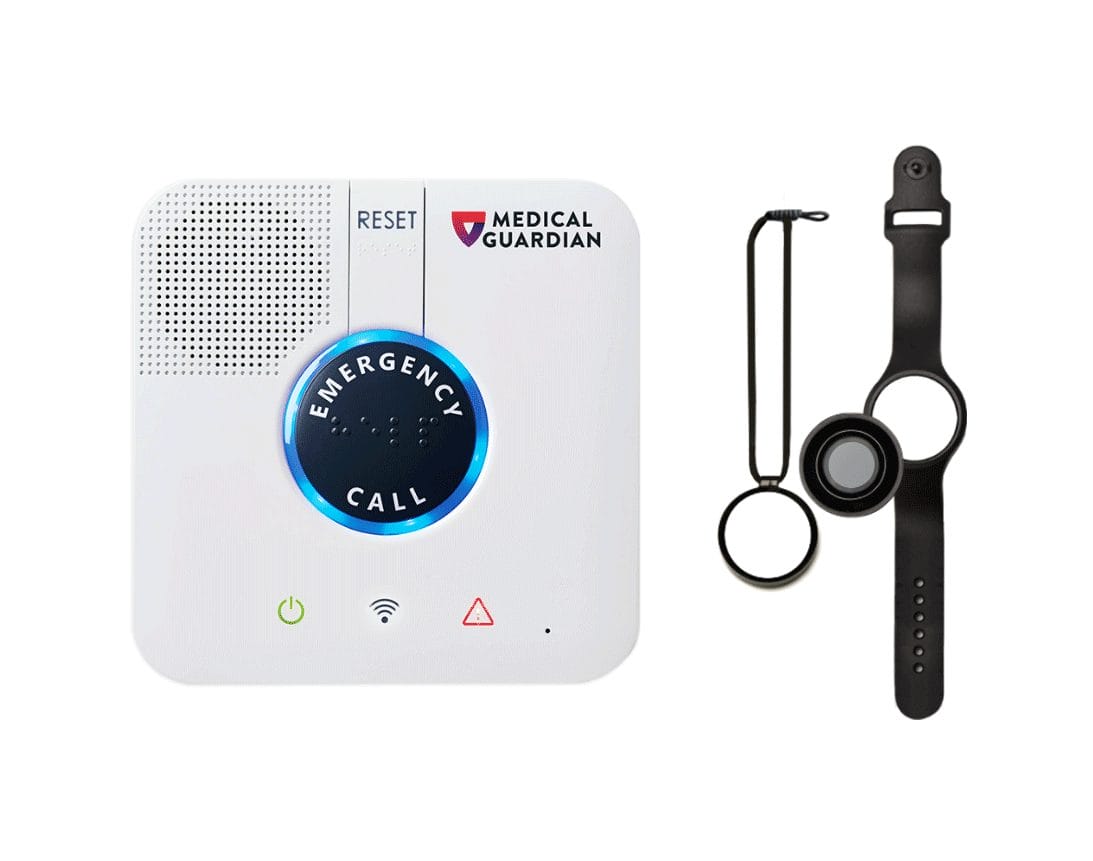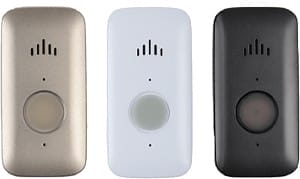
As the population ages, many older adults explore innovative financial solutions to manage their long-term care needs. Among these solutions is a reverse mortgage, a type of loan that allows homeowners to convert part of their home equity into cash. This article will delve into how to use a reverse mortgage to pay for long-term care expenses.
Understanding reverse mortgages
A reverse mortgage is a loan available to homeowners who are 62 years or older that enables them to convert part of the equity in their home into cash. Unlike a traditional mortgage, where the homeowner makes monthly payments to a lender, in a reverse mortgage, the homeowner receives payments from the lender, and the loan is not required to be paid back until the home is sold or vacated.
It’s important to note that one of the requirements of a reverse mortgage is that at least one borrower must remain living in the home. If the funds are being used to move someone into assisted living or another senior care community, a co-owner of the home must continue to use it as their primary residence. However, it can be an ideal solution for older adults who want to use it to pay for in-home care.
Using reverse mortgages for long-term care
One of the primary benefits of a reverse mortgage is its financial flexibility. Many reverse mortgages will allow you to do whatever you want with the money, whether purchasing groceries, paying for in-home care or nursing home care, or making modifications to your home to make it safe and accessible when aging in place. It can be a crucial resource for seniors facing the rising costs of long-term care. The ability to tap into home equity without selling the property allows for greater comfort and security during retirement years.
Types of reverse mortgages
There are several types of reverse mortgages, including home equity conversion mortgages (HECMs), proprietary reverse mortgages, and single-purpose reverse mortgages. For individuals looking to fund long-term care while staying in their homes, HECMs are often the most suitable option. They are federally insured and offer the flexibility required for various needs, which can include home modifications for mobility or safety concerns. Proprietary reverse mortgages, offered by private companies, might also be a viable option, especially for homes with higher values.
Some specialized reverse mortgage types may have specific usage restrictions. For instance, single-purpose reverse mortgages, often offered by state and local government agencies or nonprofits, are designed for specific uses like home repairs or property taxes. Borrowers must understand these limitations before choosing a specific type of reverse mortgage.
How a reverse mortgage works
The process of obtaining a reverse mortgage involves several steps. Initially, the lender determines the amount of equity that can be borrowed based on factors like the homeowner’s age, the home’s value, and current interest rates. The homeowner then chooses how to receive these funds, either as a lump sum, regular monthly payments, or a line of credit.
Qualifying for a reverse mortgage
To qualify for a reverse mortgage, applicants must meet certain criteria. The homeowner must be at least 62 years old and have substantial equity in their home. Additionally, the home must be the primary residence where at least one of the homeowners lives and is not a rental property. Among other requirements, lenders also require the homeowner to keep the property in good condition and stay current with property taxes and homeowner’s insurance.
Acquiring a reverse mortgage for long-term care
Choosing the right lender is crucial when considering a reverse mortgage. Selecting a company that specializes in reverse mortgages and has a strong reputation is advisable. The process typically starts with a consultation, followed by a financial assessment to ensure the homeowner can meet the ongoing costs associated with their home.
How you receive the funds from your reverse mortgage for long-term care
Once the reverse mortgage is approved, the homeowner can receive the funds either in a lump sum or through regular payments. Some opt for a line of credit, allowing them to draw on the funds as needed, which can be particularly useful for ongoing long-term care expenses. Some choose a combination of these options. The funds are typically deposited directly into the homeowner’s bank account, providing easy access to the money.
Repayment and obligations
Understanding the repayment terms is essential when considering a reverse mortgage. Unlike traditional loans, a reverse mortgage does not require monthly payments. Instead, the loan becomes due and payable when the borrower sells the home, moves out, or passes away. It’s important to note that the amount owed can never exceed the home’s value. This feature protects both the borrower and their heirs from a potential financial burden.
Additional considerations
Before opting for a reverse mortgage, it’s important to consider its impact on one’s estate and potential effects on eligibility for government benefits like Medicaid. Consulting with a financial adviser or an attorney can help clarify these aspects.
Tax and income implications of your reverse mortgage
Interestingly, the funds received from a reverse mortgage are not considered taxable income because the money is technically a loan and not income. However, it’s always wise to consult with a tax professional for personalized advice.
Interest and loan management
Reverse mortgages typically have variable interest rates, which are added to the loan balance over time. The homeowner doesn’t pay this interest out of pocket; instead, it accumulates until the loan is repaid. Understanding how interest accrues and impacts the total loan amount is important for anyone considering a reverse mortgage.
Repayment terms of your reverse mortgage
Finally, understanding when and how the mortgage needs to be repaid is crucial. The loan is typically due when the last surviving borrower sells the home, permanently moves out, or passes away. At that time, the home can be sold to pay off the reverse mortgage, or the heirs can choose to pay off the loan and keep the home. It’s important to have a clear plan in place for these eventualities.
Reverse mortgages can offer a valuable financial strategy for older adults looking to fund their long-term care needs. By converting home equity into cash, seniors can gain the financial flexibility needed to manage their care expenses while continuing to own their homes. However, it’s essential to understand the intricacies of reverse mortgages, including their repayment terms, tax implications, and potential impact on one’s estate. Consulting with financial and legal professionals is recommended to ensure that a reverse mortgage aligns with one’s overall retirement and estate planning strategy.
It’s important to note that there are quite a few reverse mortgage scams out there, so if you’re looking into a reverse mortgage, make sure you do your research and work with a reputable company.








